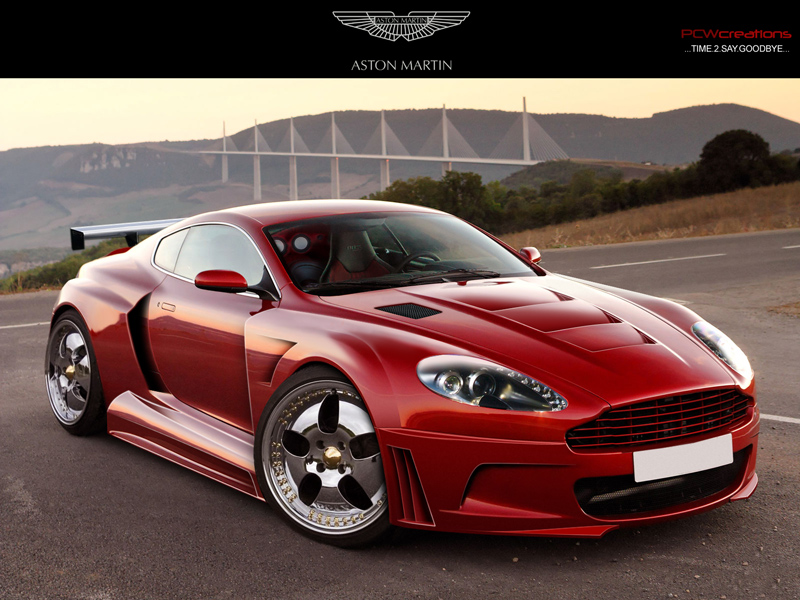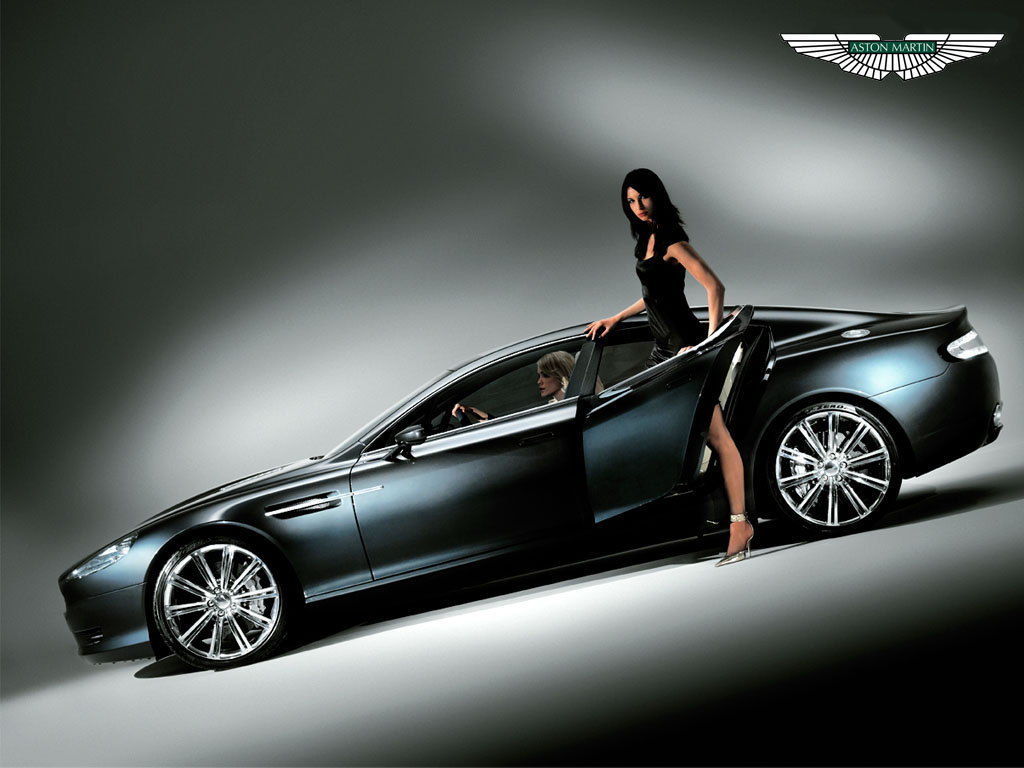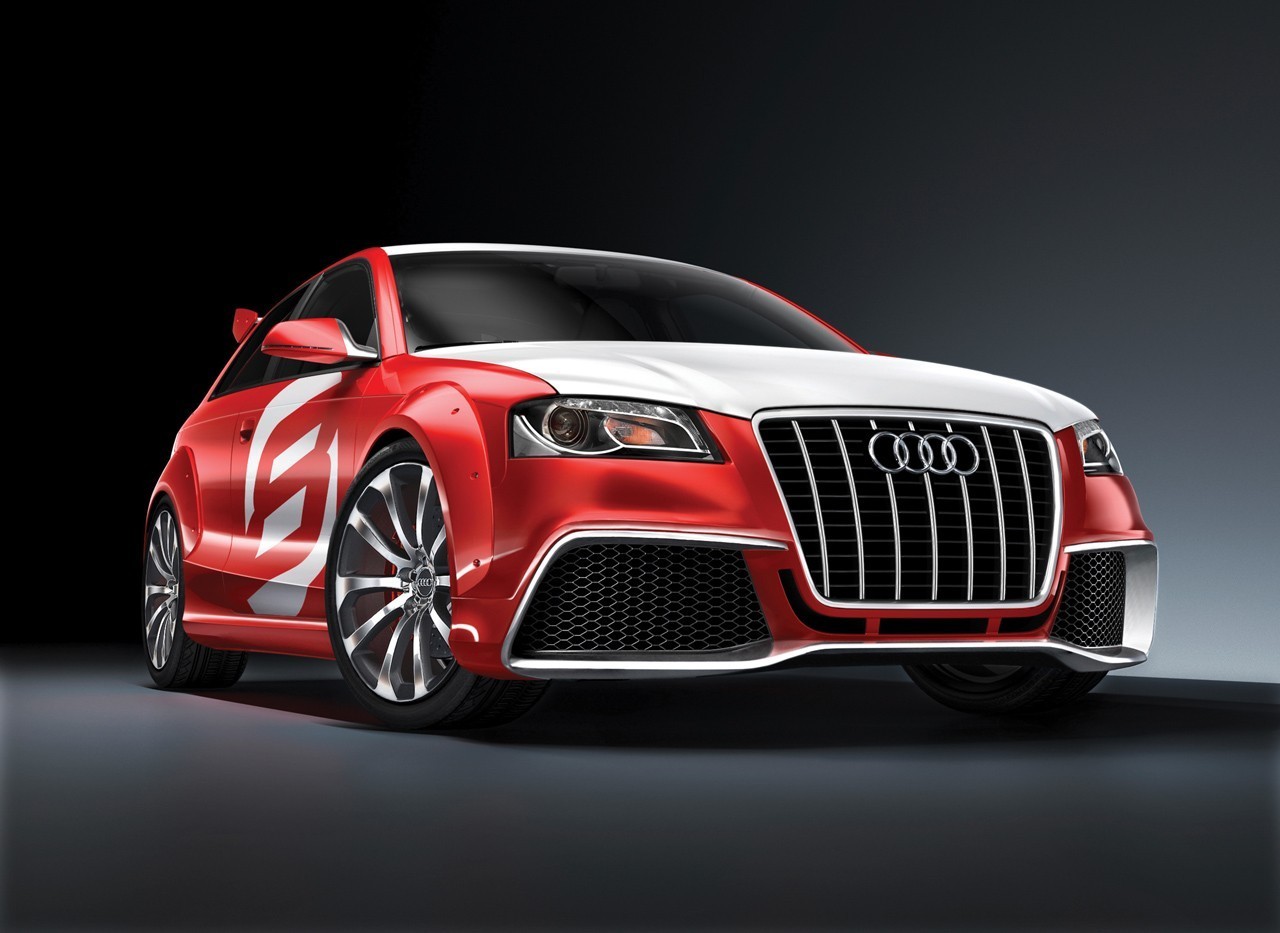A sports car is a small, usually two seat automobile designed for high speed driving and maneuverability.Sports cars have been either spartan or luxurious, but good handling and high performance is requisite.Question book-new.svgThis article needs additional citations for verification.Please help improve this article by adding reliable references. Unsourced material may be challenged and removed. (December 2010)
* 1 Early history
* 2 Layout
* 3 Seating
* 4 Sports car versus sporting models
* 5 See also
* 6 References* 7 External links1934 Aston Martin UlsterThe sports car traces its roots to early 20th century touring cars. These raced in early rallys, such as the Herkomer Cup, Prinz Heinrich Fahrt, and Monte Carlo.
The first true sports cars (though the term would not be coined until after World War One) were the 3 litre made in 1910 Vauxhall 20 hp (15 kW) and 27/80PS Austro-Daimler (designed by Ferdinand PorscheThese would shortly be joined by the French DFP (which became sporters after tuning by H.M. and W. O. Bentley) and the Rolls-Royce Silver Ghost. In the U.S. (where the type was variously called roadster, speedster, runabout, or raceabout, there was Apperson, Kissel, Marion, Midland, National, Overland, Stoddard-Dayton, and Thomas among small models (which today would be called sports cars), while Chadwick, Mercer, Stutz, and Simplex were among large ones (which might today be called sports sedans or grand tourers)In 1921, Ballot premiered its 2LS, with a remarkable 75 hp (56 kW) DOHC two liter, designed by Ernest Henry (formerly of Peugeot's Grand Prix program), capable of 150 km/h (90 mph); at most, one hundred were built in four years. This was followed by the SOHC 2LT and 2LTS. The same year, Benz built a supercharged 28/95PS four for the Coppa Florio; Max Sailer wonSimson in 1924 offered a Paul Henze-designed 60 hp (45 kW) DOHC 2 liter four, the Simson Supra Type S, in a long-wheelbase 120 km/h (60 mph) tourer and 115 km/h (71 mph) twin-carburettor sporter; only thirty were sold, against around three hundred of the SOHC model and 750 of the pushrod-six Type R. Duerkopp's Zoller-blown two liter in 1924, as well.
There was a clear cleavage by 1925. As four-seaters were more profitable, tw-seaters increasingly turned over to specialst manufacturers, led by Alvis, Aston-Martin, and Frazer-Nash, with shoestring budgets, fanatic followers, and limited sales (today exemplified by Aston and Morgan): between 1921 and 1939, 350 Astons were built; 323 Frazer-Nashes in the period 1924-39By the end of the 1920s, AC produced a 2 liter six, the 3.5 liter Nazzaro had a three-valve OHC (only until 1922), while French makers Amilcar, Bignan, Hispano-Suiza, and Samson had the typical small four-cylinder sporters and Delage, Hotchkiss, and Chenard-Walcker the large tourers. Benz introduced the powerful SS and SSK, and Alfa Romeo, the Vittorio Jano-designed 6C.Two companies would offer the first really reliable sports cars: Austin with the Seven and Morris Garages (MG) with the Midget. The Seven would quickly be "rodded" by numerous companies (as the Type 1 would be a generation later), including Bassett and Dingle (Hammersmith, London); in 1928, a Cozette blower was fitted to the Seven Super Sports, while Cecil Kimber fitted an 847 cc Minor engine, and sold more Midgets in the first year than MG's entire previous production.1974 Chevrolet Corvette Stingray, a front-engine, rear drive (RWD) sports carPorsche Boxster, a rear mid-engine, rear-wheel (RMR) drive sports carAlpine A110, a rear-engine, rear-wheel (RR) drive sports car
1990s Lotus Elan M100, a front-engine, front wheel (FF) drive sports car
An important sports feature on the Skelta G-Force is that it is made of carbon fiber, making it ultra-light.The drive train and engine layout significantly influences the handling characteristics of an automobile, and is crucially important in the design of a sports car.The front-engine, rear-wheel drive layout (FR) is common to sports cars of any era and has survived longer in sports cars than in mainstream automobiles. Examples include the Caterham 7, Mazda MX-5, and the Chevrolet Corvette. More specifically, many such sports cars have a FMR layout, with the centre of mass of the engine between the front axle and the firewall.In search of improved handling and weight distribution, other layouts are sometimes used. The RMR layout is commonly found only in sports cars—the motor is centre-mounted in the chassis (closer to and behind the driver), and powers only the rear wheels. Some high-performance sports car manufacturers, such as Ferrari and Lamborghini prefer this layout.
Porsche is one of the few remaining manufacturers using the rear-engine, rear-wheel drive layout (RR). The motor's distributed weight across the wheels, in a Porsche 911, provides excellent traction, but the significant mass behind the rear wheels makes it more prone to oversteer in some situations. Porsche has continuously refined the design and in recent years added electronic driving aids (i.e. computerised traction-stability control) to counteract these inherent design shortcomings.
Some sport cars have used the front-engine, front-wheel drive layout (FF), e.g. Fiat Barchetta, Saab Sonett and Berkeley cars. This layout is advantageous for small, light, lower power sports cars, as it avoids the extra weight, increased transmission power loss, and packaging problems of a long driveshaft and longitudinal engine of FR vehicles. Yet, its conservative handling effect, particularly understeer, and the fact that many drivers believe rear wheel drive is a more desirable layout for a sports car make this layout atypical to high-performance sports cars. The FF layout, however, is common in sport compacts and hot hatches, and cars in general (excepting sports cars).Before the 1980s few sports cars used four-wheel drive, which had traditionally added a lot of weight. Although not a sports car, the Audi Quattro proved its worth in rallying. With its improvement in traction, particularly in adverse weather conditions, four-wheel drive is no longer uncommon in high-powered sports cars, e.g. Porsche, Lamborghini, and the Bugatti Veyron.
 sports cars
sports cars sports cars
sports cars sports cars
sports cars sports cars
sports cars sports cars
sports cars sports cars
sports cars sports cars
sports cars sports cars
sports cars
 sports cars
sports cars sports cars
sports cars sports cars
sports cars sports cars
sports cars sports cars
sports cars sports cars
sports cars sports cars
sports cars sports cars
sports cars sports cars
sports cars
sports cars





























